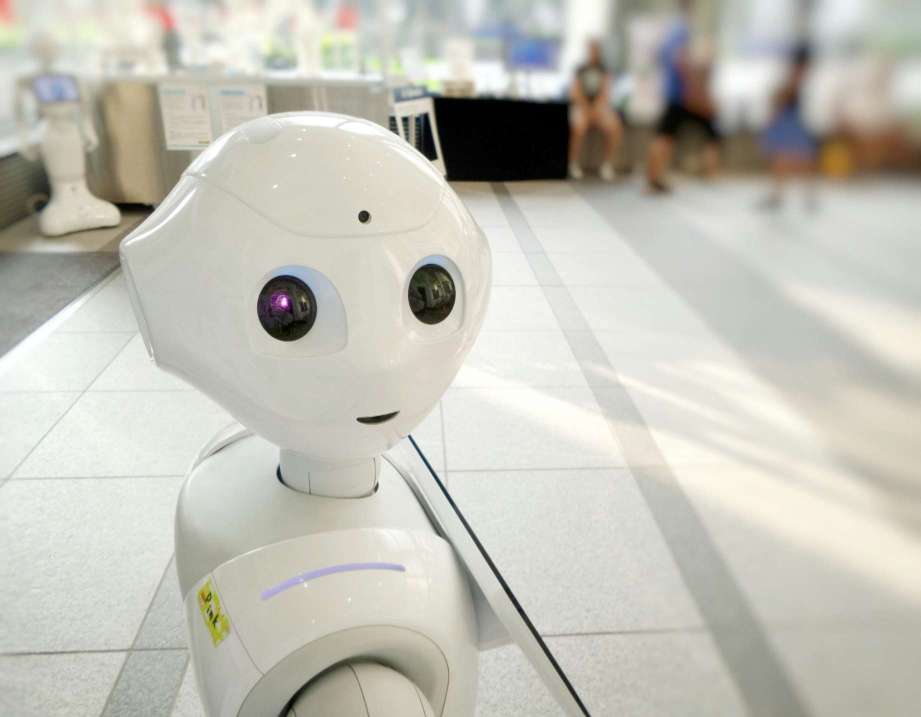Robotic Process Automation (RPA) – Is Your Job at Risk?
5 min read
03 Jul 2024
Robotic Process Automation (RPA) is rapidly transforming industries by automating repetitive tasks traditionally performed by humans. This article delves into the impact of RPA on jobs, the benefits and challenges of automation, and how individuals can adapt to the evolving landscape of work.
Understanding RPA
RPA involves using software robots or "bots" to automate routine, rules-based tasks such as data entry, processing transactions, and generating reports. These bots mimic human actions in digital systems, operating round the clock with minimal supervision and high accuracy.

Impact on Jobs
While RPA enhances efficiency and reduces operational costs for businesses, it raises concerns about job displacement. Tasks that are repetitive and rule-based are susceptible to automation, potentially affecting roles in data entry, customer service, and basic accounting.
Benefits of RPA
Efficiency: Streamlining processes and reducing errors through consistent and faster execution of tasks.
Cost Savings: Lowering operational costs by minimizing manual labor and increasing productivity.
Scalability: Scaling operations seamlessly to handle increased workload demands without proportional increases in human resources.
Accuracy: Improving data accuracy and compliance by reducing human error in routine tasks.
Challenges and Considerations
Job Displacement: Addressing concerns about the impact of automation on employment and reshaping workforce dynamics.
Skill Enhancement: Upskilling and reskilling initiatives to prepare workers for higher-value, non-routine tasks that complement RPA technologies.
Integration Complexity: Managing the integration of RPA with existing IT infrastructure and ensuring compatibility with legacy systems.
Ethical Issues: Addressing ethical considerations such as job quality, employee well-being, and societal implications of automation.
Adapting to Change
Embracing Innovation: Leveraging RPA as an opportunity to focus on strategic initiatives and creative problem-solving.
Continuous Learning: Investing in lifelong learning and acquiring skills in areas such as data analysis, process optimization, and technology management.
Collaboration: Working alongside RPA tools to enhance productivity and efficiency in the workplace through human-robot collaboration.
Future Outlook
As RPA technology evolves, it is poised to complement human capabilities rather than replace them entirely. Organizations that effectively manage the integration of RPA with workforce strategies can achieve greater operational agility, innovation, and competitive advantage in the digital economy.
More Articles

Space Exploration: The Role of Private Tech Companies
5 min read | 22 May 2024

The Evolution of Mobile Technology: From 4G to 6G
7 min read | 21 May 2024

Tech Solutions for Accessibility: Enhancing Lives for People with Disabilities
7 min read | 20 May 2024

AI in Content Creation: From Writing to Visual Arts
5 min read | 19 May 2024
More Articles

The Hottest Tech Trends: From VR Headsets to Drone Cameras
2 min read | 08 Apr 2024

Smart Home Gadgets: Transforming Your House into a High-Tech Haven
4 min read | 07 Apr 2024

Wearable Gadgets for Fitness Enthusiasts: Beyond the Smartwatch
4 min read | 06 Apr 2024

The Rise of Foldable Smartphones: Cutting-Edge Gadgets in Your Pocket
3 min read | 05 Apr 2024
